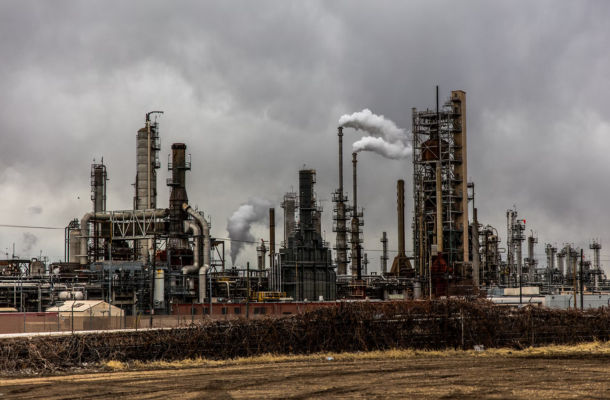
The prices of natural gas increased due to a significant discrepancy between the actual storage build and the predictions made by analysts.
Key insights
On August 24, the EIA (Energy Information Administration) published its Weekly Natural Gas Storage Report, revealing that the amount of working gas stored grew by 18 billion cubic feet (Bcf) compared to the previous week. This figure fell short of the analyst consensus of 33 Bcf.
At present levels, natural gas stocks are 513 Bcf higher than they were at the same time last year and 268 Bcf above the five-year average of 2,815 Bcf.
In addition to the EIA report, traders are closely monitoring developments in Australia. Recent reports indicate that Woodside Energy has reached an agreement with unions at Australia's LNG project. This news has negatively affected natural gas prices in Europe, as the region heavily relies on LNG imports.
While the U.S. market is not directly impacted by the Australian developments, the possibility of a strike could have acted as a positive catalyst for natural gas prices in the U.S., as consumers might have rushed to purchase LNG from any available sources.
Following the release of the EIA report, natural gas prices rebounded and rose above the $2.50 mark. However, the future sustainability of upward price movement remains uncertain, as demand is expected to decline in the coming week, despite the current high demand for natural gas.

Subscribe to our daily newsletter and get the best forex trading information and markets status updates
Trade within minutes!
Comment (0)